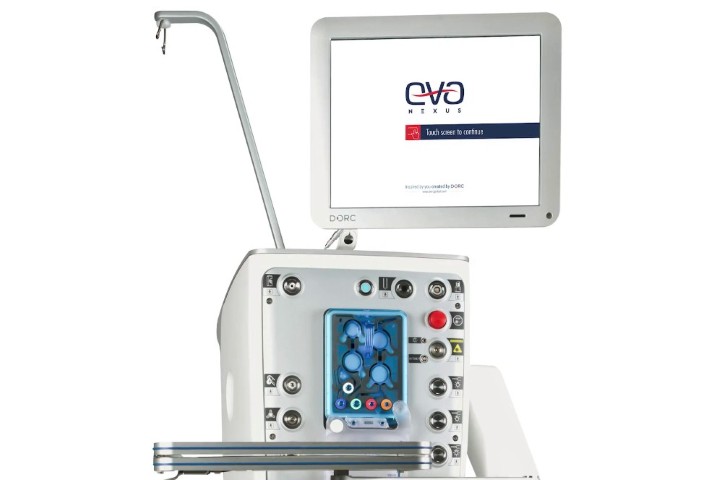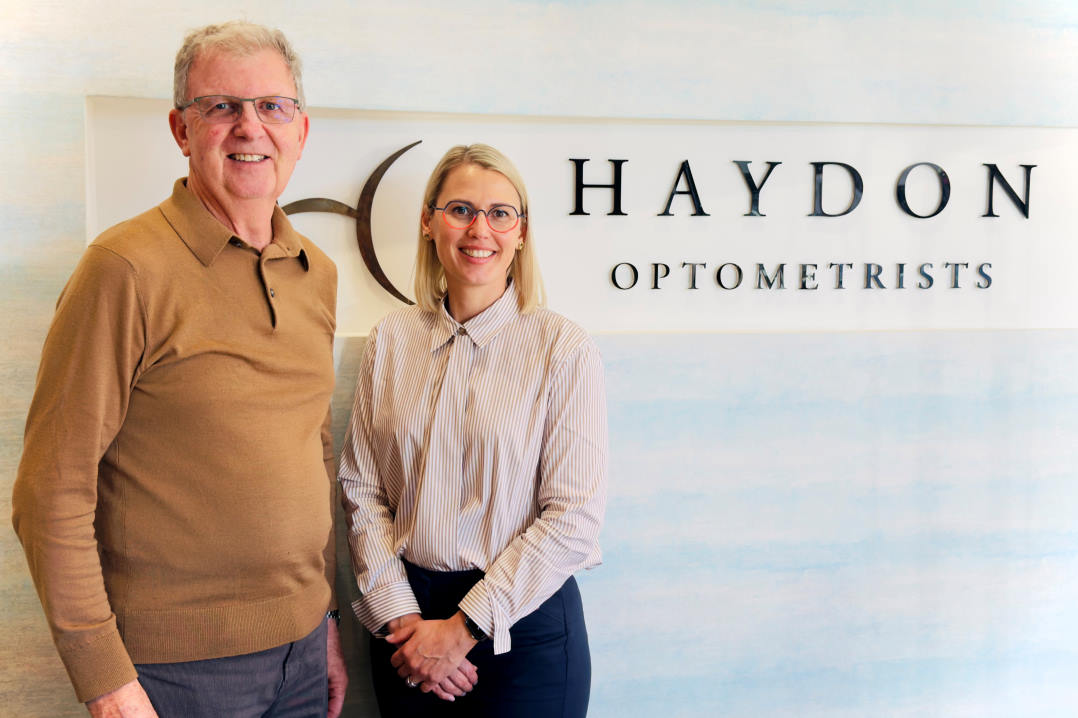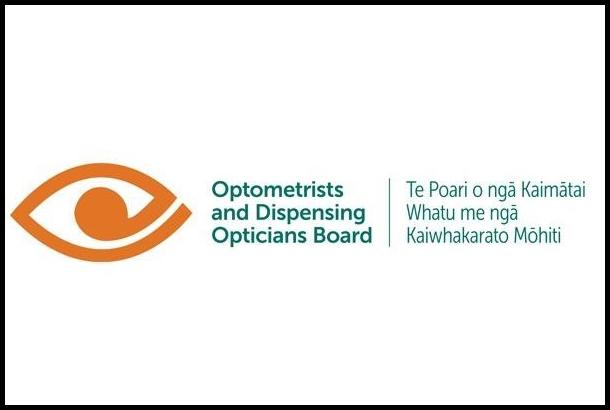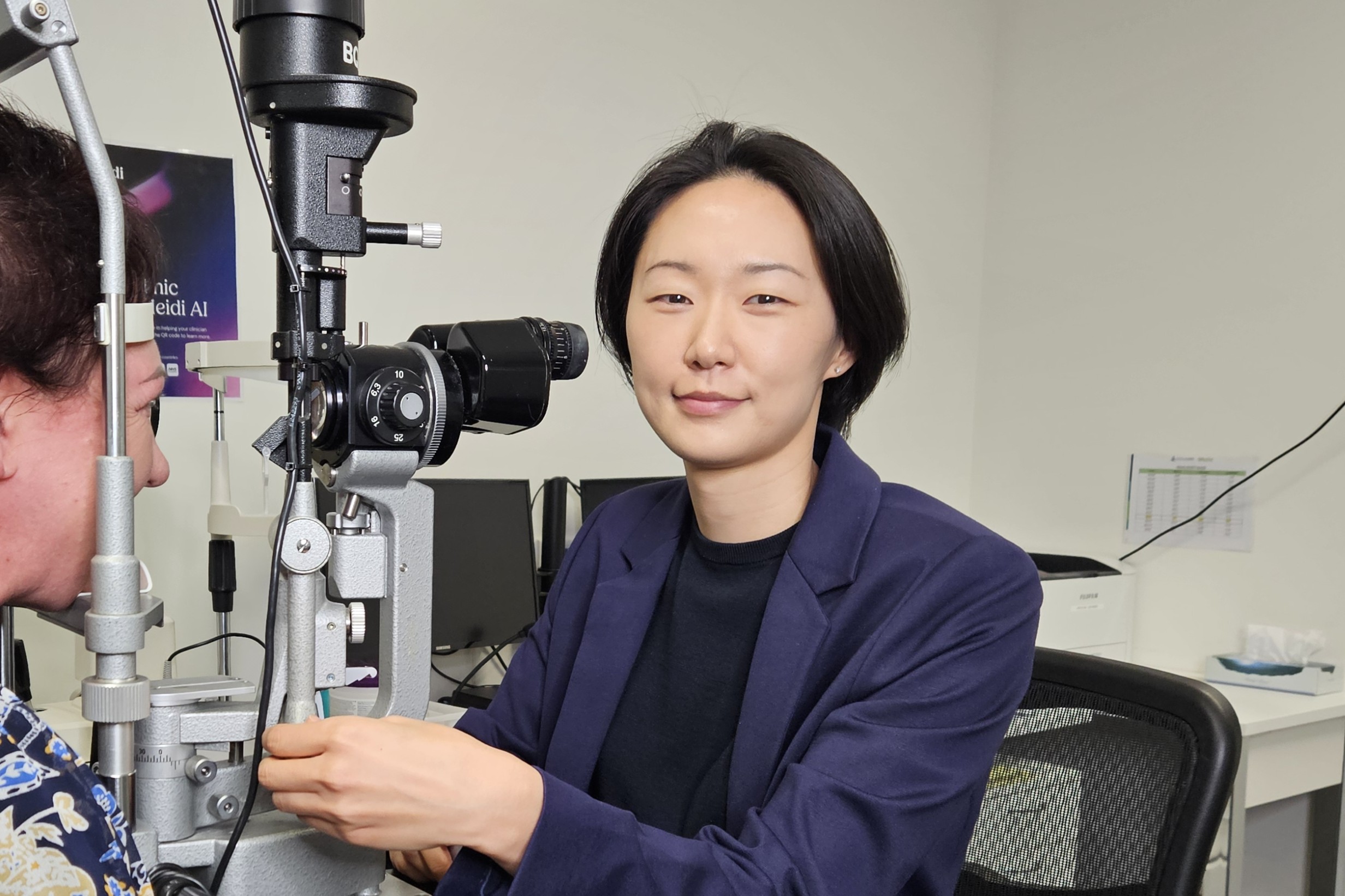Next generation monofocal IOL
Johnson & Johnson Vision has unveiled its next-generation monofocal intraocular lens (IOL), the Tecnis Eyhance IOL.
Tecnis Eyhance is the first in the monofocal IOL category to deliver improved intermediate vision as well as high quality distance vision, said Christoph Vonwiller, J&J’s regional vice-president, surgical, Asia Pacific and Japan. “Tecnis Eyhance builds upon the legacy of the Tecnis family of IOLs and the proven design of our one-piece platform to reimagine what was possible with the standard aspheric monofocal IOL. It provides the added quality of allowing patients to achieve significantly improved intermediate vision, an important first for the monofocal IOL category, as most lenses today only correct vision to help patients with cataracts see things at a distance.”
Since the introduction of aspherical IOLs in 2001, improvements in the optical performance of monofocal IOLs have been minor, said the company in a sponsored article in The Ophthalmologist in March this year. Canvassing the views of 13 European ophthalmologists, who’d been introduced to the new lens in September 2018 at the 2018 ESCRS Congress in Vienna, the article reported the surgeons’ experiences reflected the company’s own, part 2 clinical trial results. Specifically, the new IOL provided comparable distance vision to the Technis monofocal IOL ZCB00 and gave the patients enhanced intermediate vision outcomes. Patients said they were able to enjoy activities dependent on intermediate vision, such as handicraft or woodwork, and walk more confidently on uneven surfaces. Photic phenomena were similar to those typically associated with monofocal lenses. “Data from clinical trials and real-world patient experience suggest that it will become the monofocal IOL of choice for many ophthalmic surgeons… surgeons who participated in this event suggest that the Tecnis Eyhance IOL represents the next chapter in IOL innovation, comparable in importance to the evolution from spherical to aspherical lenses,” concluded the company.
Around 370,000 New Zealanders are estimated to be living with cataracts, which has been identified as one of the leading causes of blindness and low vision in the country, with approximately 30,000 procedures conducted every year. “Despite the advancements in technology, patients are still forced to make a trade-off decision on their vision with existing treatment options. While they are able to have corrected vision at a distance, they still require glasses for near and intermediate activities, which include day-to-day tasks such as computer and desk work,” said Dr Dean Corbett from Auckland Eye in a consumer release supporting the Tecnis Eyhance launch. Dr Corbett was one of the first ophthalmologists in the world* to implant of the new Tecnis Symfony IOL more than six years ago.
* www.eyeonoptics.co.nz/articles/archive/fda-approved-iol-first-trialled-in-nz/
























